| [1] | D.B. Miracle, “Metal matrix composites–from science to technological significance”, Composite science and technology, Vol. 65, Issues 15–16, pp 2526-2540, (2005). |
| [2] | A.N. Attia, “Surface metal matrix composites”, Materials and design, Vol. 22, pp 451-457, (2001). |
| [3] | Wei Wang, Qing-yu Shi, Peng Liu, Hong-ke Li, Ting Li, “A novel way to produce bulk SiCp reinforced aluminum metal matrix composites by friction stir processing”, journal of materials processing technology, Vol. 209, pp 2099–2103, (2009). |
| [4] | M. Barmouz, P. Asadi, M.K. Besharati Givi, M. Taherishargh, “Investigation of mechanical properties of Cu/SiC composite fabricated by FSP: Effect of SiC particles’ size and volume fraction”, Materials science and engineering A, Vol. 528, pp1740–1749, (2011). |
| [5] | S. Das, “Development of aluminium alloy composites for engineering applications”, Trans. Indian Inst. Met., Vol.57, No. 4, pp. 325-334, (2004). |
| [6] | M. Salehi, M. Saadatmand, J. Aghazadeh Mohandesi, “Optimization of process parameters for producing AA6061/SiC nanocomposites by friction stir processing”, Trans. Nonferrous Met. Soc. China, Vol. 22, pp 1055−1063, (2012). |
| [7] | M. Mansumi, F. Madanisani, S. F. Kashani-Bozorg and H. R. Zareie Rajani, “An investigation into tribological behaviour of Al-TiN-Graphite nano-composites fabricated by friction stir processing”, Journal of Materials Science and Engineering with Advanced Technology, Vol. 6, Number 1-2, pp 29-45, (2012). |
| [8] | M. Azizieh, H. S. Kim, A. H. Kokabi, P. Abachi and B. K. Shahraki, “Fabrication of AZ31/Al2O3 nanocomposites by friction stir processing”, Rev. Adv. Mater. Sci. (RAMS), No 1, Vol. 28, pp 85-89, (2011). |
| [9] | Y. Morisada, H. Fujii, T. Nagaoka, M. Fukusumi, “ Effect of friction stir processing with SiC particles on microstructure and hardness of AZ31”, Materials science and engineering A, Vol. 433, pp 50–54, (2006). |
| [10] | A. Shafiei-Zarghani, S.F. Kashani-Bozorg, A. Zarei-Hanzaki, “Microstructures and mechanical properties of Al/Al2O3 surface nano-composite layer produced by friction stir processing”, Materials science and engineering A, Vol. 500, pp 84–91, (2009). |
| [11] | Min Yang, Chengying Xu, Chuansong Wu, Kuo-chi Lin, Yuh J. Chao, Linan an, “Fabrication of AA6061/Al2O3 nano ceramic particle reinforced composite coating by using friction stir processing”, J Mater Sci, Vol. 45, pp 4431– 4438, (2010). |
| [12] | B. Zahmatkesh, M.H. Enayati, “A novel approach for development of surface nanocomposite by friction stir processing”, Materials science and engineering A, Vol. 527, pp 6734–6740, (2010). |
| [13] | Maryam Samiee, Abbas Honarbakhsh-Raouf and Seyed Farshid Kashani Bozorg, “Microstructural and mechanical evaluations of Al/AlN nano-composite surface layer produced via friction stir processing”, Australian journal of basic and applied sciences, Vol. 5(9), pp1622-1626, (2011). |
| [14] | A. Dolatkhah, P. Golbabaei, M.K. Besharati Givi, F. Molaiekiya, “ Investigating effects of process parameters on microstructural and mechanical properties of Al5052/SiC metal matrix composite fabricated via friction stir processing”, Materials and design, Vol. 37, pp 458–464, (2012). |
| [15] | M. Azizieh, A.H. Kokabi, P. Abachi, “Effect of rotational speed and probe profile on microstructure and hardness of AZ31/Al2O3 nanocomposites fabricated by friction stir processing”, Materials and design, Vol. 32, pp 2034-2041, (2011). |
| [16] | R Sathiskumar, N Murugan, I Dinaharan, and S J Vijay, “Role of friction stir processing parameters on microstructure and microhardness of boron carbide particulate reinforced copper surface composites”, Sadhana, Vol. 38, Part 5, pp 1–18, (2013). |
| [17] | Mohsen Barmouz, M. K. B. Givi, “Fabrication of in situ Cu/SiC composites using multi-pass friction stir processing: Evaluation of microstructural, porosity, mechanical and electrical behavior”, Composites: Part A, Vol. 42, pp 1445–1453, (2011). |
| [18] | R.S. Mishra, Z.Y. Ma, I. Charit, “Friction stir processing: a novel technique for fabrication of surface composite”, Materials science and engineering A, Vol. 341, pp 307 - 310, (2003). |
| [19] | M.Puviyarasan, C.Praveen, “Fabrication and Analysis of Bulk SiCp reinforced aluminum metal matrix composites using friction stir process”, World academy of science, engineering and technology, Vol. 58, (2011). |
| [20] | M. Kok, “Production and mechanical properties of Al2O3 particle-reinforced 2024 aluminium alloy composites”, Journal of Materials Processing Technology, Vol. 161, pp 381–387, (2005). |
| [21] | A. Włodarczyk-Fligier, L.A. Dobrzański, M. Kremzer, M. Adamiak, “Manufacturing of aluminium matrix composite materials reinforced by Al2O3 particles”, Journal of achievements in materials and manufacturing engineering, Vol. 27, Issue 1, (2008). |
| [22] | Vikrant Yadav, Vinay Kumar, Vatsalya Tiwari, “Effect of tool pin profile on mechanical properties of Al6082 and Al6082-Cu composite by friction stir processing”, IOSR Journal of mechanical and civil engineering, Vol. 11, Issue 3, Ver. IV, PP 7-11, (2014). |
| [23] | E.R.I. Mahmoud, M. Takahashi, T. Shibayanagi, K. Ikeuchi, “Effect of friction stir processing tool probe on fabrication of SiC particle reinforced composite on aluminium surface”, Sci. technol. weld. joining, Vol. 14, pp 413-425, (2009). |
| [24] | Mehdi Zohoor, M.K. Besharati Givi, P. Salami, “Effect of processing parameters on fabrication of Al–Mg/Cu composites via friction stir processing”, Materials and design, Vol. 39, pp 358–365, (2012). |
| [25] | Ali Shamsipur, Seyed Farshid Kashani-Bozorg, Abbas Zarei-Hanzaki, “The effects of friction-stir process parameters on the fabrication of Ti/SiC nano-composite surface layer”, Surface & coatings technology, Vol. 206, pp 1372–1381, (2011). |
| [26] | Y. Mazaheri, F. Karimzadeh, M.H. Enayati, “A novel technique for development of A356/Al2O3 surface nanocomposite by friction stir processing”, Journal of materials processing technology Vol. 21, pp 1614– 1619, (2011). |




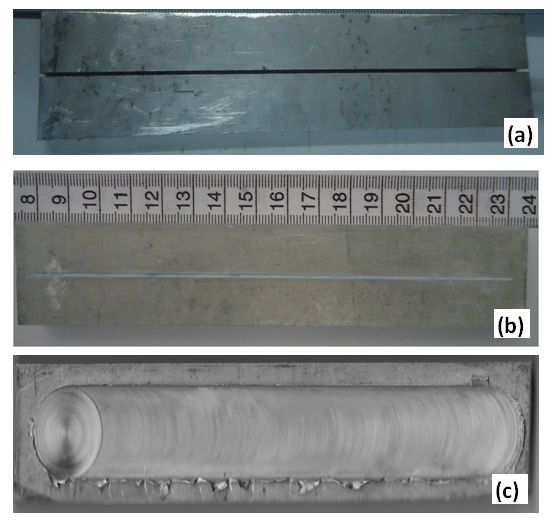
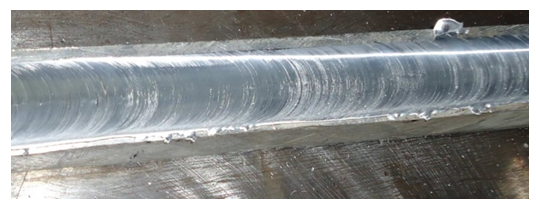
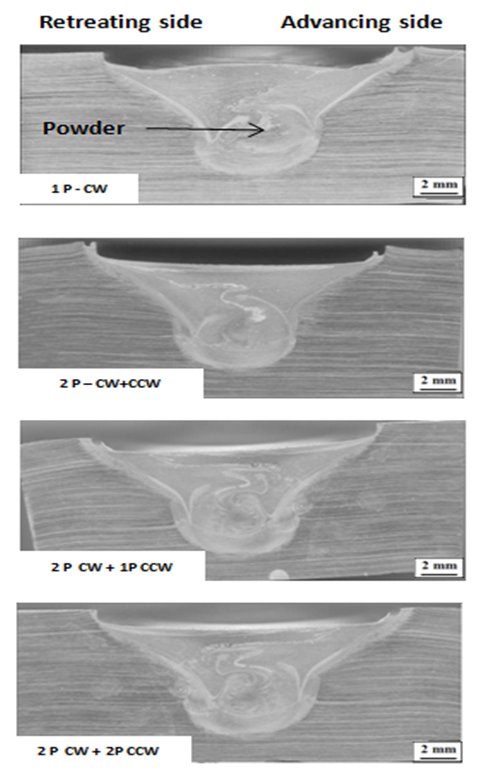

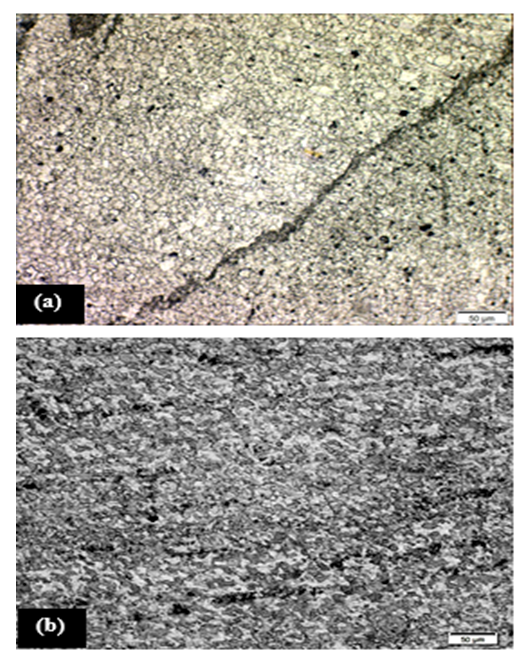
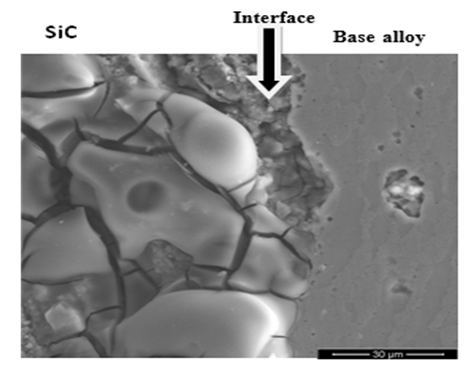
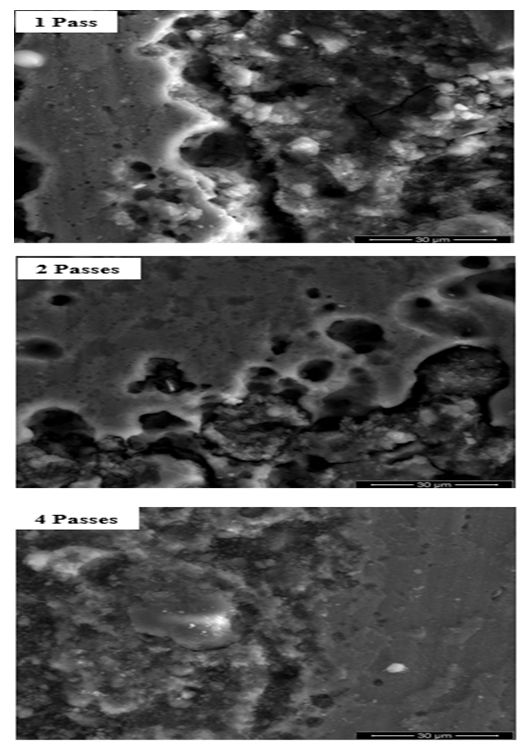
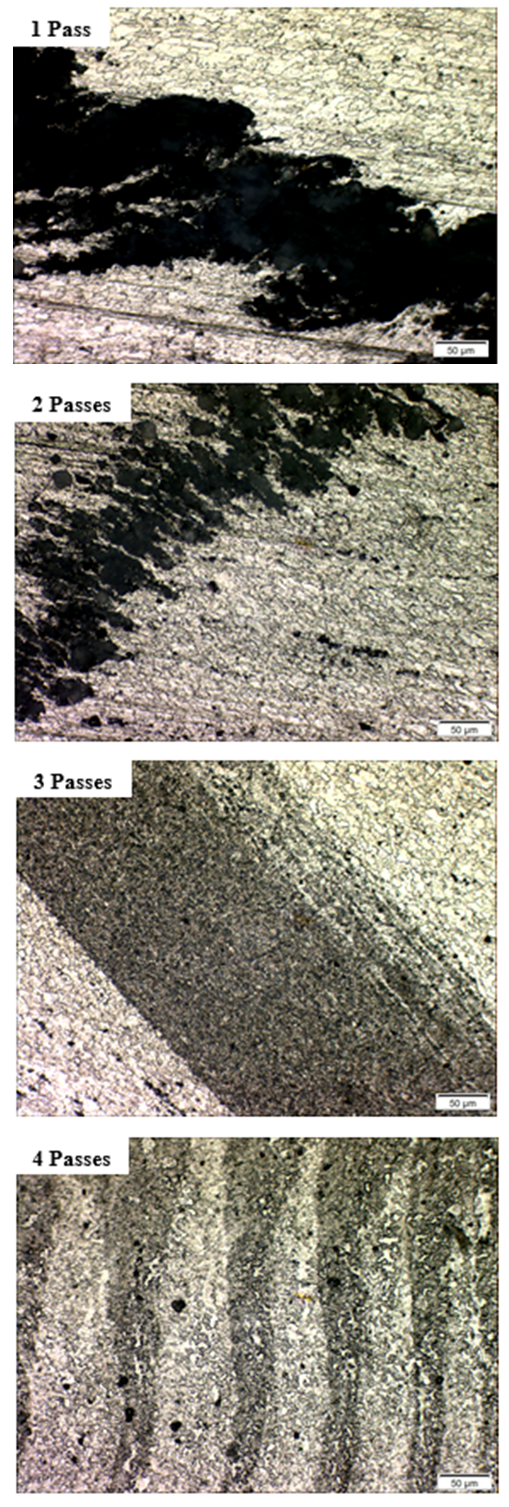


 Abstract
Abstract Reference
Reference Full-Text PDF
Full-Text PDF Full-text HTML
Full-text HTML


